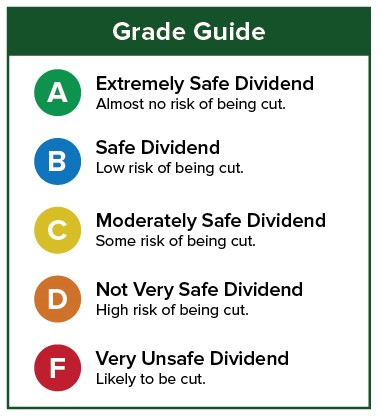It’s tough to find anyone who will say anything nice about Caterpillar Inc. (NYSE: CAT) these days.
The stock is down 31% from its December high.
Sales have suffered from the slowdown in China.
[ad#Google Adsense 336×280-IA]And the stock has been hurt even more so from negative sentiment.
Not helping that sentiment is an investigation by a U.S. grand jury into the company’s taxes.
Wall Street analysts despise the stock. Only four out of 26 analysts covering Caterpillar rate it a “Buy.”
That’s about as bad as I’ve ever seen.
But here’s the key: While the construction equipment maker’s performance has been lacking, its dividend should be safe.
Despite the fact that revenue, net income and free cash flow have declined for several years, free cash flow is still high enough to pay the dividend.
 You can see from the chart that Caterpillar’s free cash flow eclipses the amount the company has paid in dividends by a wide margin.
You can see from the chart that Caterpillar’s free cash flow eclipses the amount the company has paid in dividends by a wide margin.
In fiscal year 2014, the company generated $4.7 billion in free cash flow while paying out $1.6 billion in dividends for a payout ratio of just 34%. Over the past 12 months, the company’s free cash flow was $4 billion while it paid investors $1.7 billion in dividends. That’s a payout ratio of 43% – still quite low.
Regular readers of Wealthy Retirement know I like to see a payout ratio of 75% or lower to feel comfortable that the company will be able to pay its dividend even if it suffers a rough year or two.
Although Caterpillar has been experiencing a rough year or two, its payout ratio is still low enough that I’m not concerned about it being able to pay the dividend.
Next year, free cash flow is projected to decline more, to $2.8 billion. Even if the company raised its dividend by 10%, like it did this year, the payout ratio would still be only 67%, which remains in my comfort zone.
 Caterpillar has raised its dividend for 22 straight years with an average increase of more than 12% per year.
Caterpillar has raised its dividend for 22 straight years with an average increase of more than 12% per year.
On the company’s third quarter conference call, CEO Douglas Oberhelman said the dividend is a priority use of cash and pointed out that Caterpillar did not cut the dividend in 2008 or 2009.
Eventually, we want to see Caterpillar reverse its decline in cash flow, earnings and revenue.
But for now, given the company’s dividend track record and that, even in this difficult period, cash flow easily covers the dividend, I’m not particularly worried about a cut.
Dividend Safety Rating: B
Hoping your longs go up and your shorts go down,
Marc
[ad#IPM-article]
Source: Wealthy Retirement


